Taylor Swift’s latest business move matches the retro title of her new album, 1989. The erstwhile country singer has removed her entire music catalogue from Spotify, the world’s largest subscription streaming service. Swift has already been a vocal critic of music streaming, writing in the Wall Street Journal that platforms like Spotify have contributed to the music industry’s ongoing financial decline.
The move may frustrate Swift’s fans, but it will work brilliantly for the singer, at least in the short term. The first-week sales projections for 1989 have climbed steadily, and the album is now expected to have the biggest first-week sales of any album in the U.S. since The Eminem Show in 2002. Keeping her newest LP off of Spotify and other streaming services seems to have driven fans to buy the album outright. But making music available solely on a declining format is a risky strategy that requires a Swift-ian level of clout and influence.
Regardless of 1989’s blockbuster status, music fans are buying fewer albums each year. Total album sales were down more than 7% in 2013, despite a jam-packed year for pop that included releases by Katy Perry, One Direction, Kanye West, Jay-Z, Lady Gaga and a surprise LP from Beyonce that practically broke the Internet. The slide worsened in the comparatively quiet first half of 2014 as album sales dipped another 14%, according to Nielsen SoundScan.
Taylor Swift blames streaming services for this ongoing decline, but that’s a short-term view of the industry’s financial woes. Album sales have been in freefall since 2000, when Napster made stealing music much simpler than buying it. U.S. album shipments declined from about 13 billion that year to about 4 billion in 2010, the year before Spotify arrived on American shores, according to the Recording Industry Association of America. It’s true that Spotify and other streaming services have caused a decline in digital album sales, but there’s no evidence that records bought via the iTunes Store were ever going to make up for revenue lost from the collapse of the CD market.
The simple fact is young people no longer buy albums as casual entertainment. YouTube, of all places, is the most popular way for teenagers to listen to music. Albums are bought by diehard fans who want to support an artist and casual followers who want to participate in a cultural event. Swift deftly played to both audiences in the runup to 1989, hosting a set of secret listening sessions for her biggest fans around the country and crafting a narrative of creative rebirth around the album that created a curiosity about her new, pop-focused sound. 1989 is the musical equivalent of the Super Bowl—even people who don’t actually care that much about the game will tune in just to be part of the conversation.
But only the biggest of stars can even attempt to make an album release a cultural event, and the strategy doesn’t always pay off. Lady Gaga and Kanye West each had 2013 LPs that explored new soundscapes and were promoted with headline-garnering spectacles, but the albums failed to match the sales of their predecessors. Beyonce’s surprise release was a smash hit by modern standards, partially because it wasn’t streamable on Spotify, but it still hasn’t managed to surpass her first or second albums in sales. Selling records in the digital era is hard, and it’s only going to get harder for people not named Taylor Swift.
For most artists, especially those sandwiched between indie obscurity and mega-stardom, there are no greener pastures to retreat to. These musicians have to follow fans where they are, and that’s on streaming services. Total on-demand music streams on platforms like Spotify and YouTube in the U.S. totalled 70 billion in the first half of 2014, a 42% increase over the previous year, according to Nielsen. Removing music from these services en masse would likely result in the return of rampant piracy on peer-to-peer networks, a practice that was cut in half between 2005 and 2012, according to NPD, years in which we saw the rise of streaming.
Still, Swift alone is so important that Spotify can’t simply let her remain off the service. The company has launched a social media campaign trying to rally Swift fans to compel her to return, but it’s a hollow tactic that appeals to sentiment instead of economics. A better strategy would be providing more evidence that Spotify can generate significant revenue for individual artists or adding more premium features to encourage users to adopt the paid version of the service (Swift’s back catalogue is still available on Beats Music, which is pay-only). It’s possible that Swift’s exodus will force Spotify to retool its business model in a way that’s beneficial to all artists.
But musicians that try to directly mimic Swift’s tactics may be in for a rude awakening. Taylor Swift can bail on Spotify for the same reason the Beatles didn’t put their albums on iTunes until 2010: They can both float above industry headwinds, release their music in the format of their choosing and watch fans follow obediently. Few others have the same luxury.
PHOTOS: See Taylor Swift Over the Years







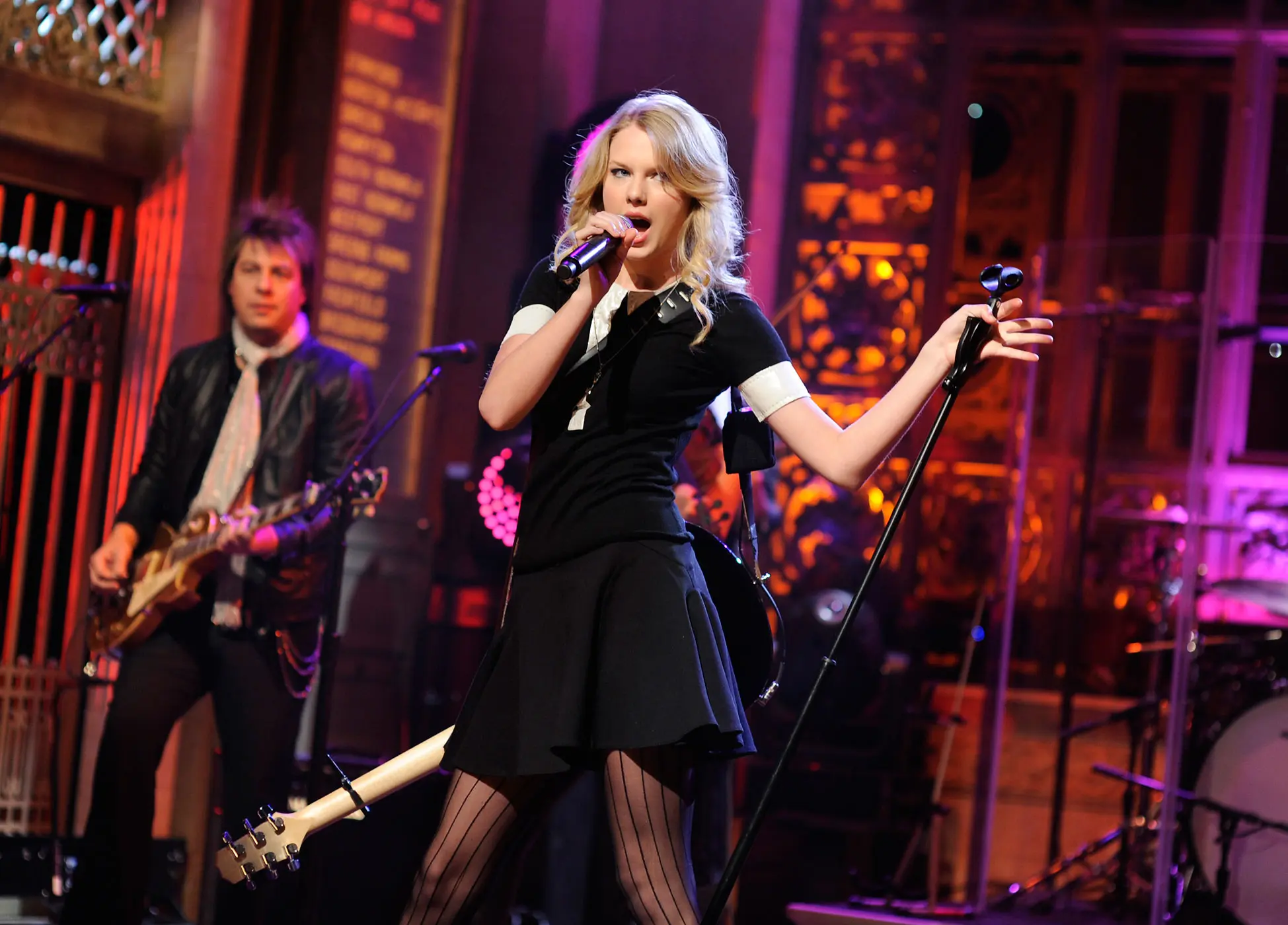






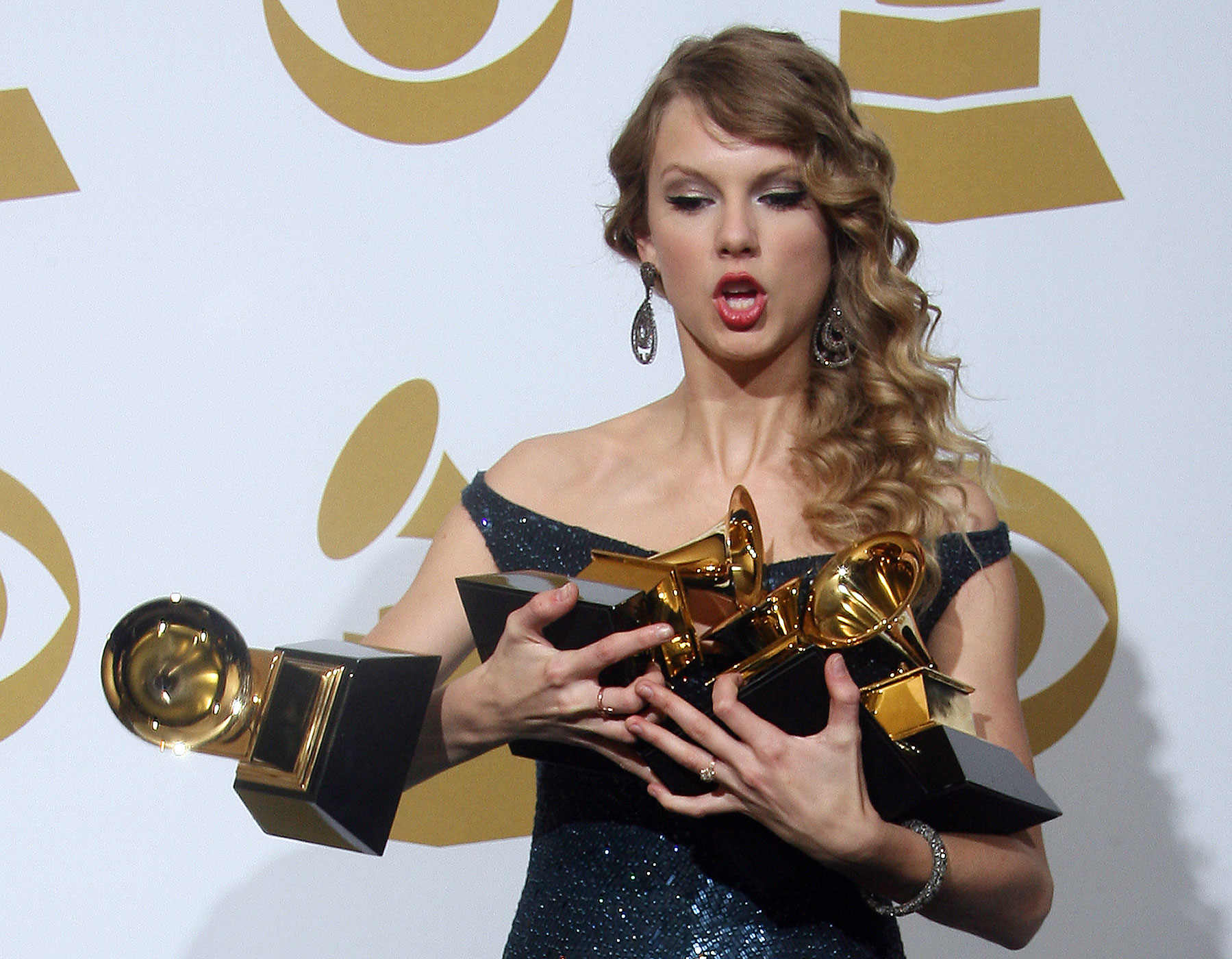


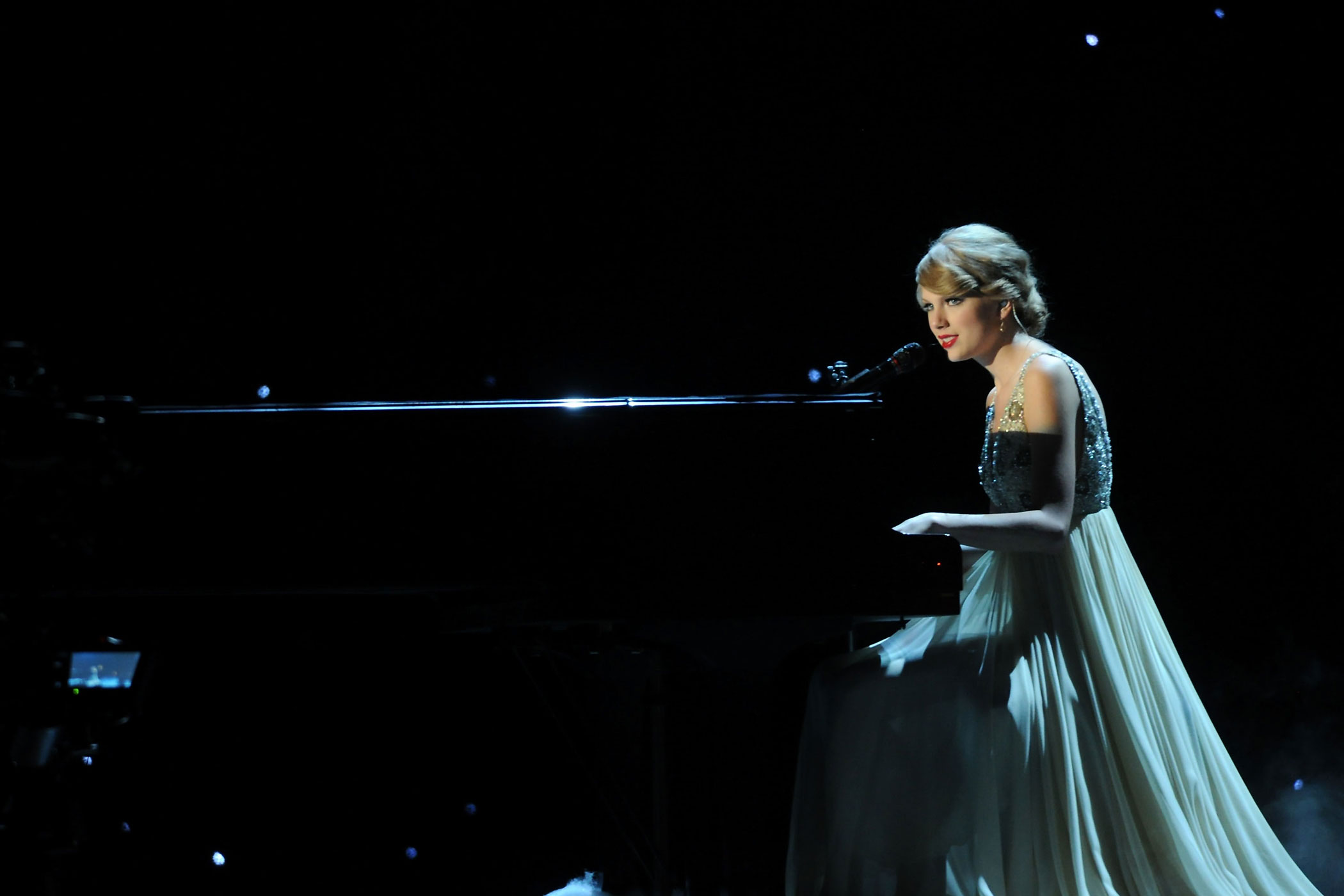






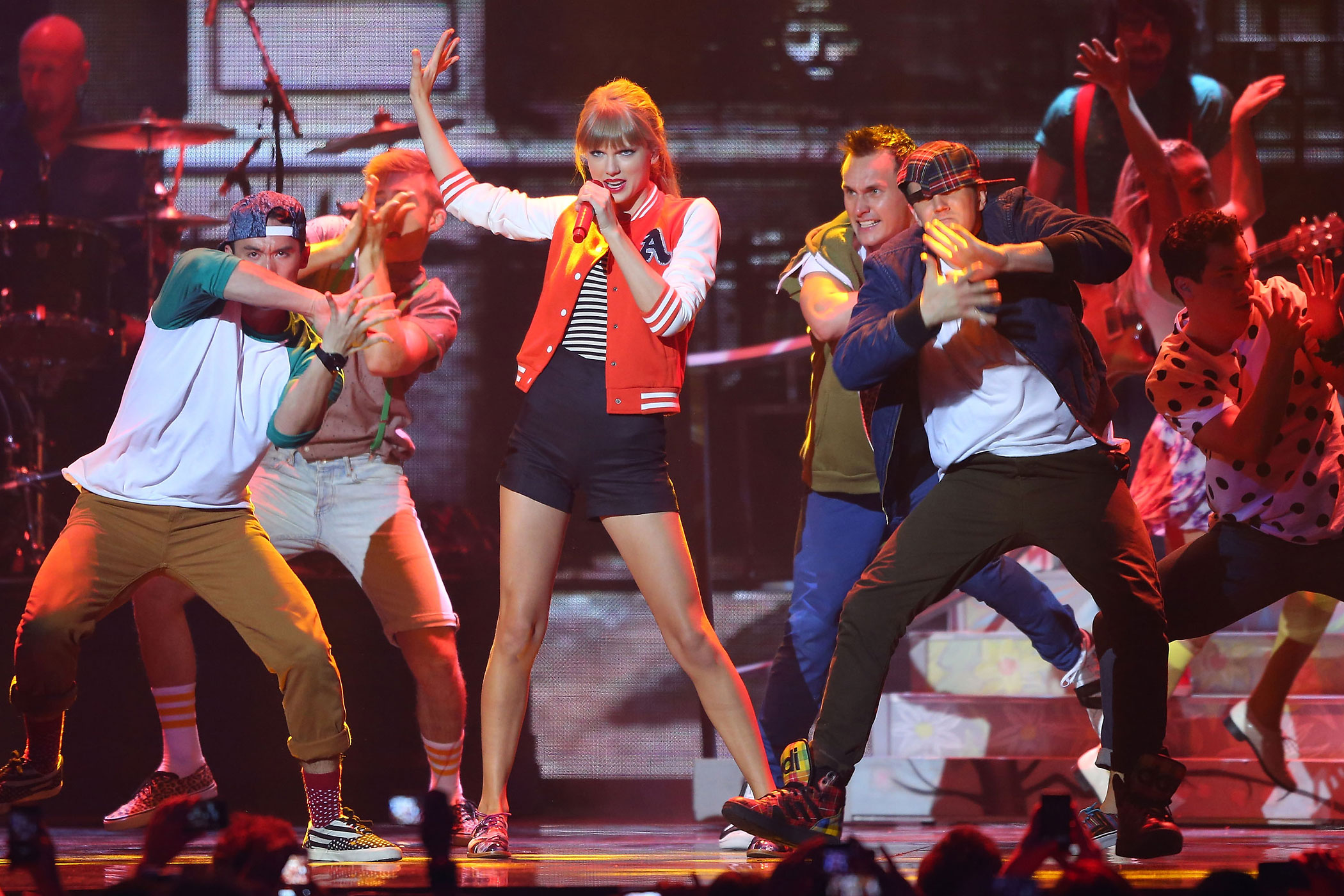
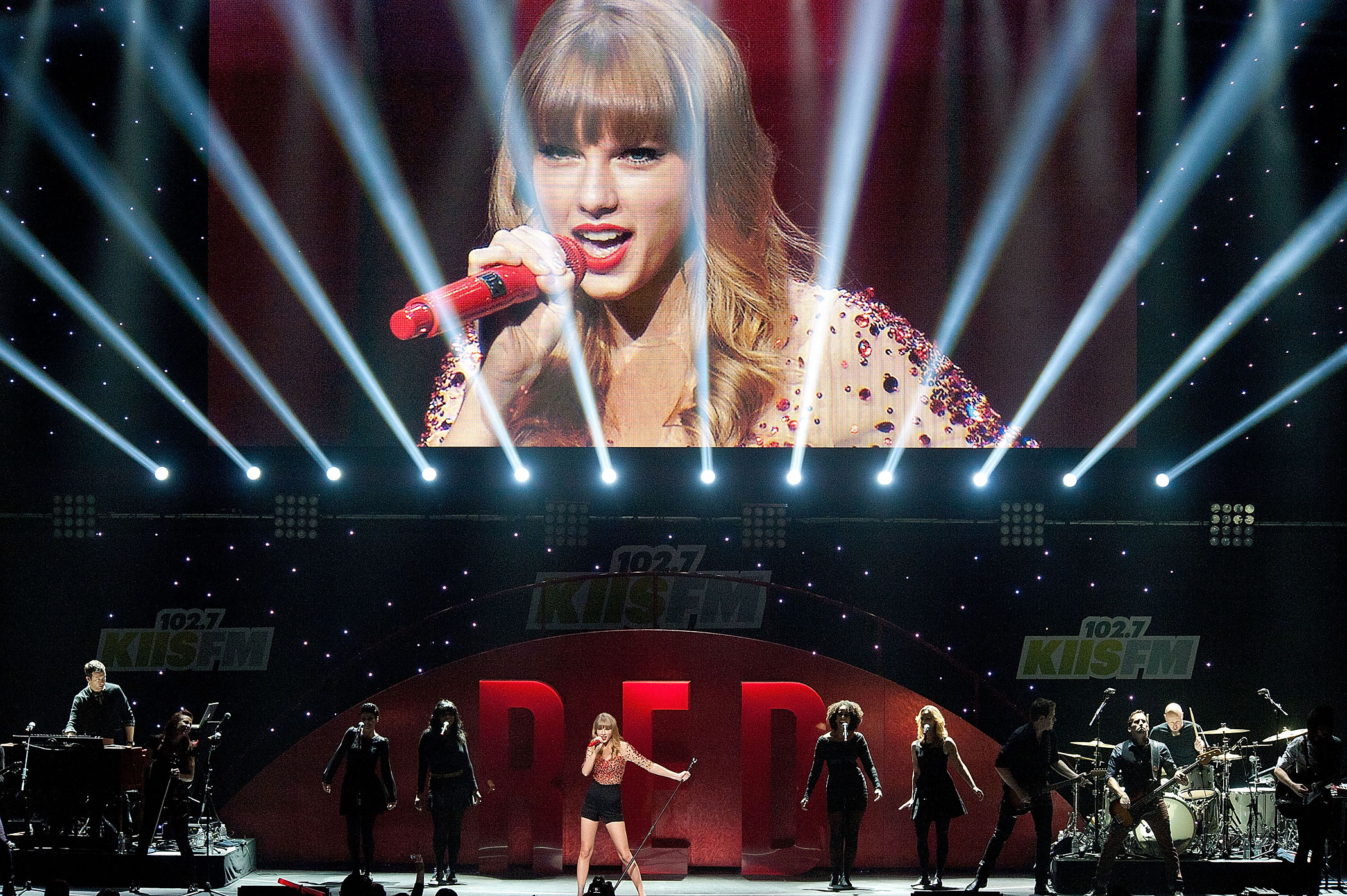








Read next: Find the Perfect Taylor Swift Lyric for Your Mood
More Must-Reads from TIME
- Caitlin Clark Is TIME's 2024 Athlete of the Year
- Where Trump 2.0 Will Differ From 1.0
- Is Intermittent Fasting Good or Bad for You?
- The 100 Must-Read Books of 2024
- Column: If Optimism Feels Ridiculous Now, Try Hope
- The Future of Climate Action Is Trade Policy
- FX’s Say Nothing Is the Must-Watch Political Thriller of 2024
- Merle Bombardieri Is Helping People Make the Baby Decision
Contact us at letters@time.com